garden joys
Gardens are part of my life. For as long as I can remember, I have loved walks in the countryside, flowers and the fragrances that each one of them gives us. Environments that fill me with happiness and in which I enjoy myself all year round. Windows of joy, of colour, of smell that I share with other living beings: birds, bees, toads… All together we make the garden.
I inherited my love for plants from my mother, the ones she lovingly looked after, watered and transplanted in the courtyard at home, and also from the long walks with my father when he picked me up from school and took me along the dirt roads of the Cordoba countryside. Although many years have passed, I have wonderful memories and I have continued to build dreams on those memories.
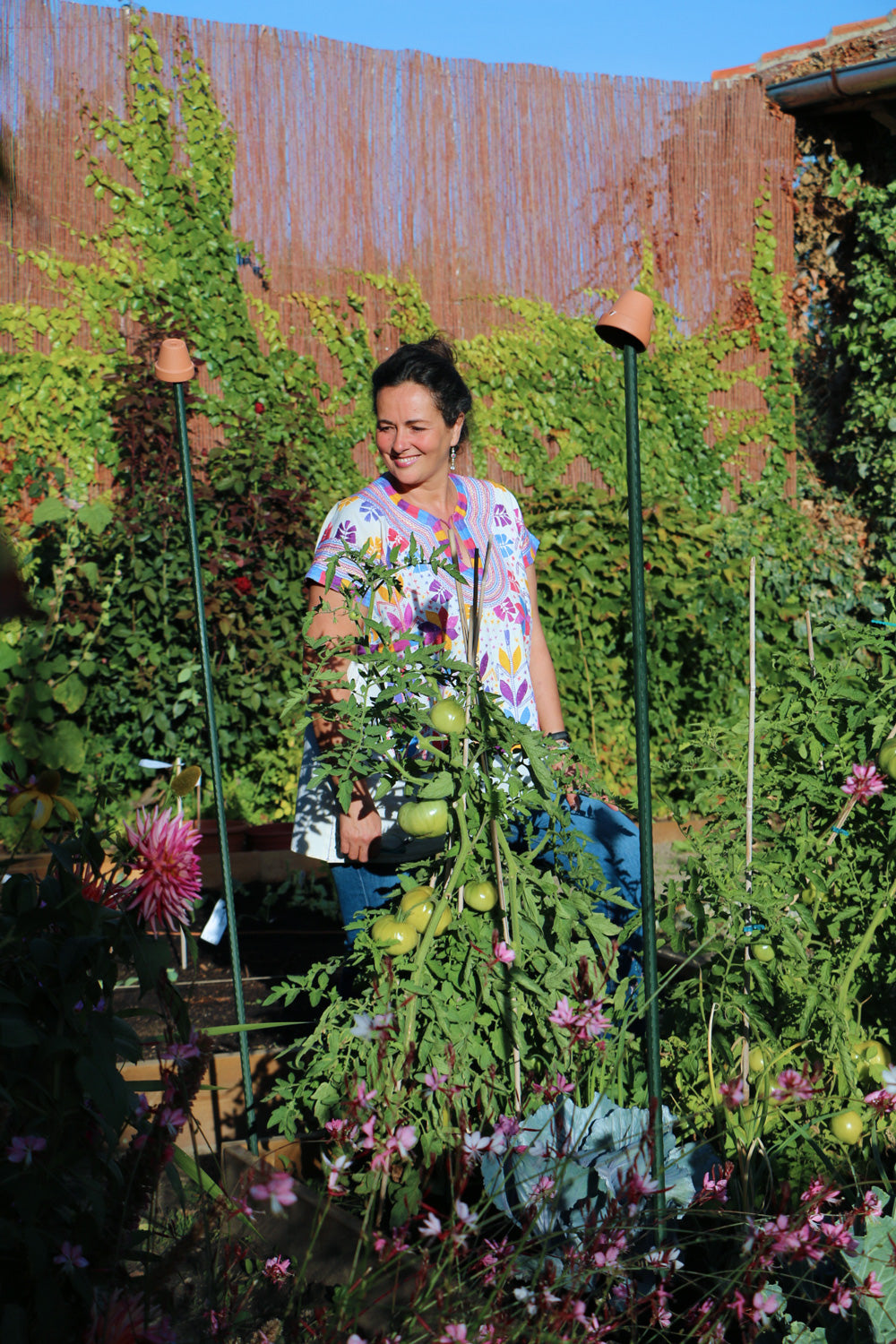
My garden and orchard in all their summer splendor.
The big step
In February 2001, we bought our cottage with a garden in the countryside. That same spring I was surprised by flowers that the previous owner of the house had delicately cultivated, an unexpected inheritance that I continue to enjoy to this day.
A few years later, in 2006, we opened the workshop. We originally planted 180 lavender plants, but after 12 years they became woody and dried out, and had to be uprooted. It was time to rethink what we were going to do with the space.
I am nothing more than a flower enthusiast and my only desire is to grow flowers so that I can later decorate the store and enjoy the plants and flowers both inside and outside.
We live in the area on the north side of the Sierra de Guadarrama, which is part of the central system. The climate here is Mediterranean inland, with very cold winters (even with heavy snowfall) and summers with extreme weather, with mild nights and excessively hot middays. At first glance, these would not seem to be the most ideal conditions for making a garden. But with water and knowledge of the vegetation in the area, it can be achieved.
The current project for our garden began in March 2019. Since last year, I have been making sketches and plans for the placement of the plants so that, when flowering time comes, I can enjoy the tapestry that I have embroidered in my imagination.

A sketch is essential for the placement of plants and serves as a reference for making variations from year to year.
Before planting
Below I detail the main considerations that I usually take into account:
- Sun, shade or semi-shade. It is important to know this information because if we put a shade plant in full sun, it is likely that it will not survive.
- Height of the variety . Twice a year our area is hit by strong winds. That is why it is advisable to put the largest one against the wall so that it can be held in place during windy periods. Finding long-stemmed plants lying on the ground is not a pleasant experience.
- Color. I like bright colors and I try to create a color scale to create balance and harmony.
- Irrigation. Even if you have automatic irrigation, not all plants need the same amount of water, so you have to be aware of the varieties that need a little more water.
- Fertilizer. Very important to obtain adequate flowering with intense colors. Organic fertilizer is recommended.

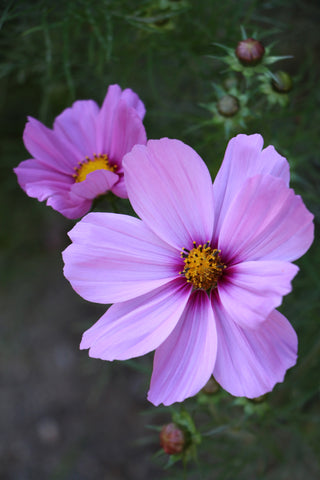

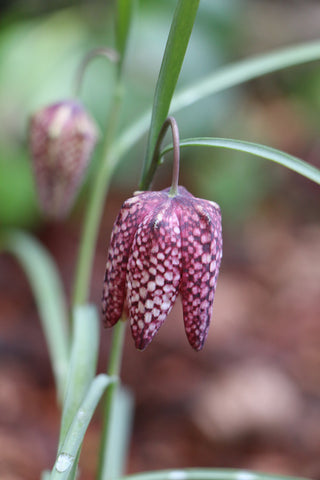
Aquilegia, cosmos in bloom, muscaris and fritillaria meleagris.
I will detail the plants that are part of my garden
|
Full sun plants
|
Shade and semi-shade plants
|

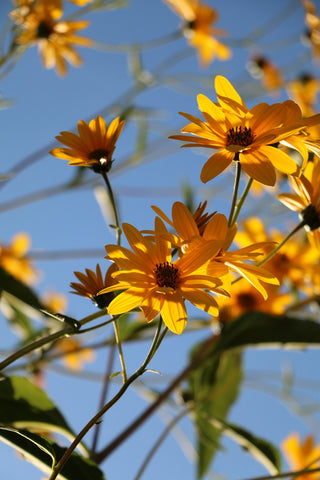
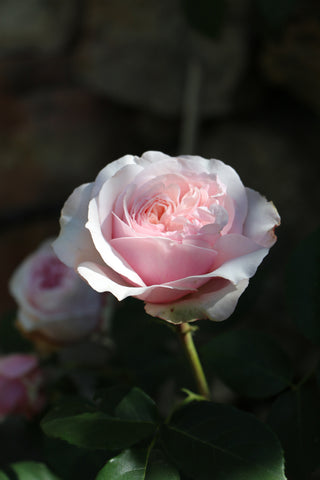



Starting from the top and from left to right: Aster with butterfly, rudbeckia, rose, lilium, bora bora dahlia and a mantis friend.
Some enemies
It is also important to take into account the adversities that may arise and with which we must work:
- Voles. This year they have been feasting on all my bulbs. Although it makes me very angry, I choose to try to deter them and avoid using poisons.
- Snails. I use vinegar to prevent them from eating the tender leaves. This way, they continue to reproduce and when July comes, like a good Cordoban, I collect them and make myself a good pot of organic snails.
- Wind. Tall varieties are at greater risk of being knocked over. Placing these varieties in sheltered or secure locations can prevent any unpleasantness.
- Allergies. I have sensitive skin. With certain varieties, rubbing causes spots. A small sacrifice to do something I like. I wash my face well with my soaps, lavender, olive oil, aloe vera or rosemary and in a few days, they have disappeared.
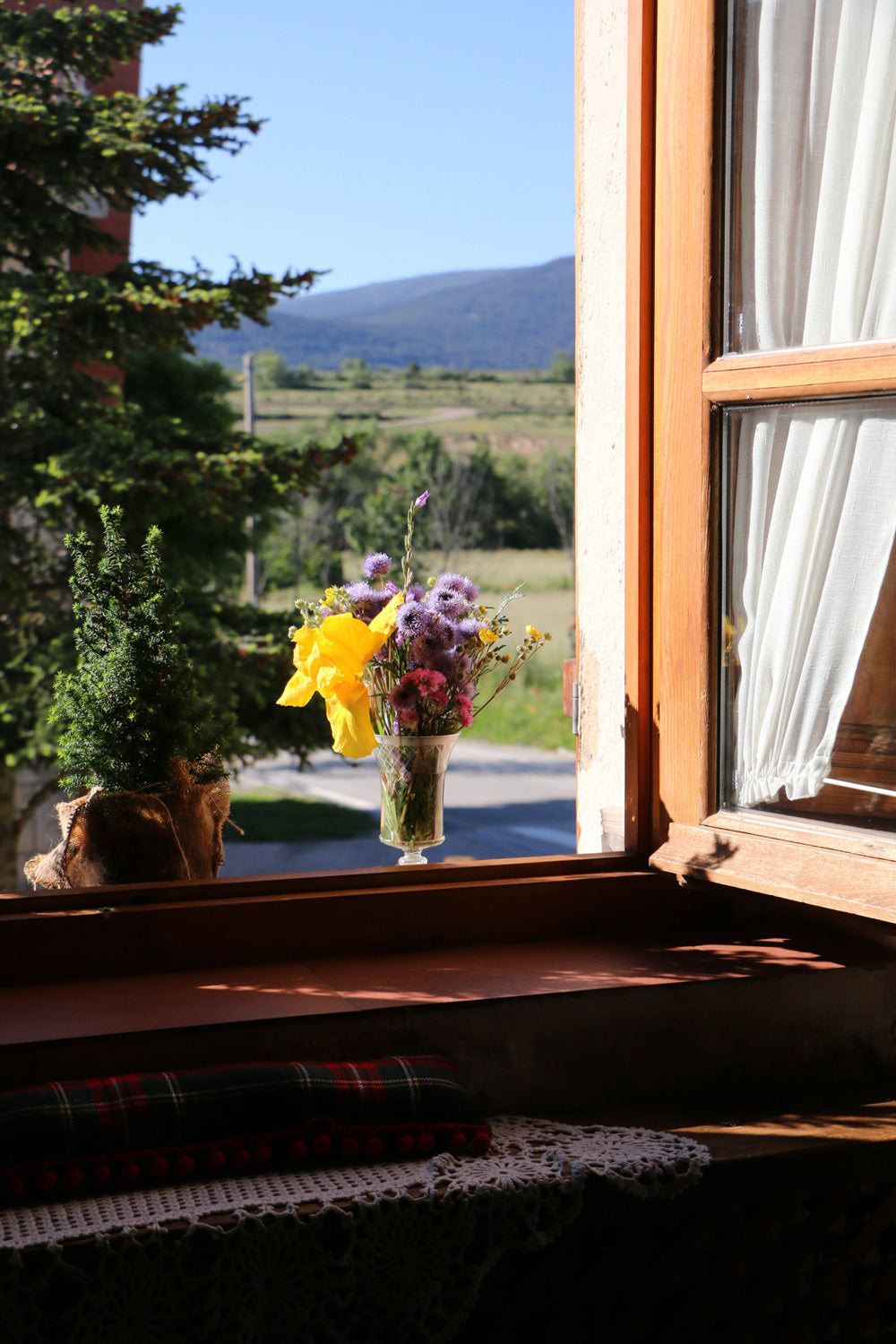
Decorating the store with floral arrangements is another satisfaction that my garden gives me.
April tasks
If you want to see your garden looking lush in summer, I recommend that you spend a little time on the following tasks.
- Plant seasonal plants; petunias, targetes, daisies, zinnias, cosmos, agerantum…
- Apply organic fertilizer throughout the garden.
- Check irrigation if there is no rain.
- Prune and remove suckers from the rose bush, clean and mulch the base.
- Plant bulbs that will flower in summer, such as dahlias, gladioli, calla lilies, Indian cane, amaryllis, daylilies, lilies…
- In April, perennials can be propagated by dividing the clumps.
- Plant the seedbeds with the varieties that you will grow in your garden.
Cleanliness and order
Don't forget to clean and disinfect the tools you use, it is important, especially scissors and tools such as shovels, trowels, adzes, transplanters... you can transmit diseases from one plant to another.
Recommended soaps
After gardening, I recommend cleaning our hands thoroughly with soap. I usually use rosemary soap , olive oil with aloe vera , or argan soap , which is exfoliating … if I need to clean thoroughly, and sometimes I use my brush to help me.
_________________________________________
Seeds for quarantine
We encourage you to plant the seeds of fruits or vegetables that you have at home. You can make small seedlings with soil borrowed from a pot at home with apple, melon, watermelon, tomato, avocado seeds... If you don't have soil, try directly in water. As a child, I loved watching how an avocado seed pierced with three toothpicks that my mother soaked in a glass of water on the kitchen window turned into a plant. These are perfect days to think, to learn, to be creative.


4 comments
Me encantan las plantas, tengo un jardin muy grande, pero siempre presenta problemas de plagas, gracias por el artículo, me ayudó mucho.
https://vanbeek.cl/blogs/podadoras/como-armar-una-podadora-de-altura
Hola Amelia, después de la visita de esta mañana andamos cotilleando el blog ;) me parece que me vais a tener que dar clase de cultivo ecológico de flores y huerto. Que chulada, estoy limpiando una zona de nuestro jardín ahora que he tenido un poco de tiempo pero no tengo claro lo que quiero hacer. Ojalá lo tuviera una idea tan clara como vosotros. Disfrutadlo mucho. Un abrazo
¡Hola Elena!
¡Agradecemos tu comentario!
Hemos organizado el jardín según nuestras necesidades.
Por un lado, me gusta la flor de distinta tonalidades y alturas para la decoración del taller y compaginarlo con el huerto para disponer de verduras frescas todo el año. Tenemos delimitado los perfiles con madera y hecho bancales para la zona de huerto y flores. Te recomiendo que hagas dibujos y te documentes de las flores que te gustaría tener, alturas, colores, necesidades de cada planta… Ubicación de tu jardín, soleado o sombrío… Mira algún programa de jardines que te puedan orientar e imagínate como te gustaría que fuera tu jardín. Y no te apresures, disfruta del proyecto, porque un jardín nunca estará terminado… Abrazos Amelia
Amelia! Qué entrada más bonita!! A mí también me encantan las flores! Me falta arte para disponerlas … en nuestro jardín predomina el césped y yo quisiera poner flores … muchas flores! Pero no sé cómo hacerlo … simplemente corros de flores me parece soso y por otro lado las flores altas necesitan de sujeción… Veo mi jardín demasiado artificial, ordenado, simple … amo esos jardines semi-salvajes, desordenados pero equilibrados … Ideas?
¡ qué manos tienes, hija!